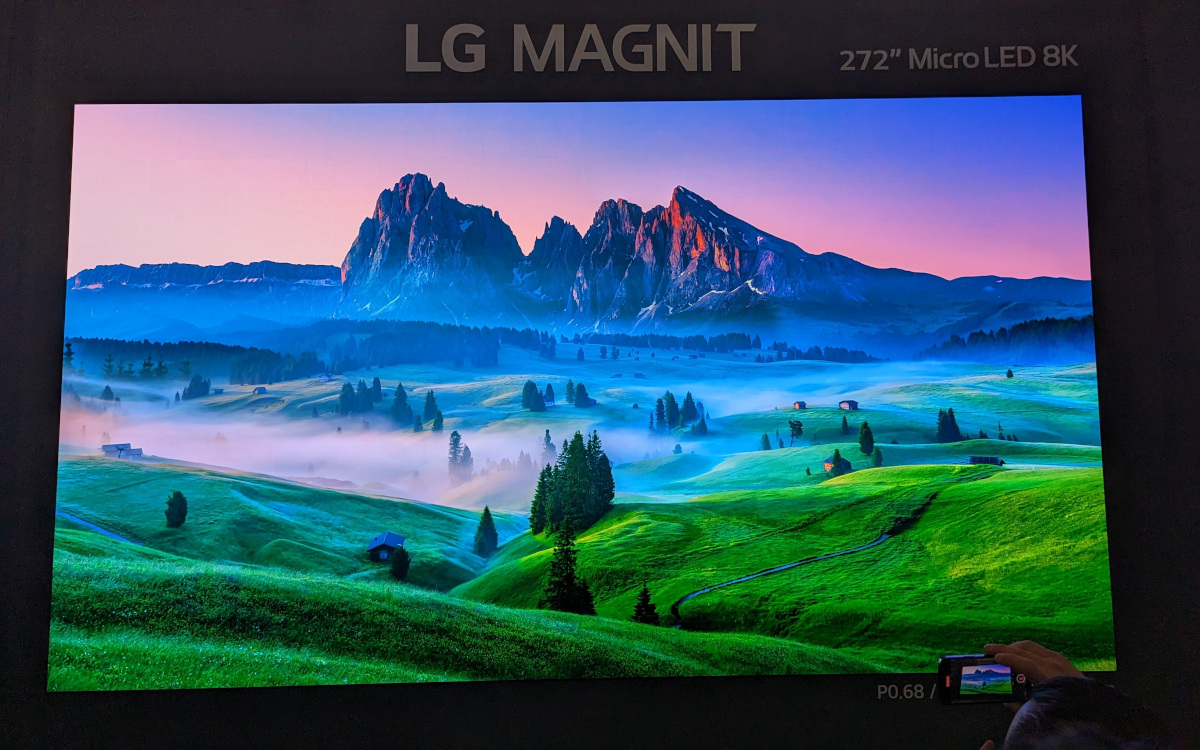The demand for sustainable digital signage solutions is increasing - and with it the pressure on companies to deliver them. Small and medium-sized companies face particular challenges in this regard.

Leader or Laggard?: The Green Signage Dilemma for SMEs
When we talk about industry leadership for digital signage, we think of size, geographic reach, innovation, or outstanding people. A similar distinction can be used when we talk about green signage. Here we can categorize the market into frontrunners, fast or slow followers and finally laggards, the ones that only opt for sustainability measures when they cannot be avoided.
About the Author
Daniel Oelker is the Green Signage expert of invidis. The invidis impact partner and former Zetadisplay CCO analyses the industry regarding its sustainability impact and writes regularly about the advancements on invidis.com.
What we have seen again at the recent ISE in Barcelona is that larger companies throughout the digital signage value chain are doing their homework and can be considered more and more as frontrunners: Hardware manufacturers launch energy-saving new products, software suppliers move to true cloud-native solutions, and device management companies offer solutions that outperform by large current CMS-integrated solutions. Additionally, larger international integrators are facing increased customer demands to incorporate sustainability matters into their offer and have adapted reporting and key performance indicators as followers accordingly.
The three C-reasons
However, when we look at sustainability laggards in our industry, we mainly find them among the SMEs, small and medium enterprises, still in numbers most of our trade. We thought initially the entrepreneurial spirit of this industry category should grasp the challenge and make something positive out of it, but so far, we mainly see skepticism and passiveness. I believe there are three main reasons for this attitude:
- Consolidation: SME’s are facing heavy pressure from their customer base requiring more standardized global products than tailor-made homegrown solutions which consume the majority of scarce organizational resources.
- Competence: sustainability is a new field, and the individual knowledge base is often limited. Sustainability often has no organizational ownership and is therefore put on the back burner.
- Culture: the roots of this industry are long-term relationships, flexibility, and price management. It has kept SME’s in the race with bigger international clients. However, increasing regulatory demands for customers are passed on to the supplier base. This is a new dimension for doing business which SME’s only reluctantly take on.
We know from talks with multiple business owners that real life challenges and scarce resources make it difficult to respond to increased requirements. To be more practical how you can approach the topic we have listed below some initial guidance about where to start.
- Rule number 1: don’t close your eyes but put it on the corporate agenda: as corporate governance and sustainability demands will continue to exist, a change in attitude will need to happen to stay in business with larger customers: if you do not adopt the topic as a strategic opportunity for your business, the market will move on without you sooner or later.
- Invest in knowledge: you need to start somewhere. Why not use our Yearbooks and the Green Signage Handbook to get an overview of what the subject is about? Nobody expects the same response from you as from larger companies, but what can be expected are position statements from your organization to relevant industry challenges such as energy consumption.
- Use existing data: companies already use a lot of data to monitor the business. Use this data to extend the scope into sustainability. E.g., if you have company cars you know how much mileage they do annually. This provides you with a CO2 equivalent that you can track and improve year by year.
- Be selective: nobody expects from you as SME the full scope. Depending on your business you could select a couple of indicators that make sense to follow. Why not be best in class having hosted your servers in sustainable environments, or introduce a state-of-the-art remote management system to reduce unnecessary traveling?
Small and continuous steps will both increase internal awareness but also train you to stay competitive with a more proactive approach towards sustainability. Once started, you will see that gains will come both on the cost and revenue side of the business.
As we see daily, good entrepreneurship can move mountains in a short time, I am confident that this will also happen regarding sustainability with small and medium enterprises of the digital signage industry. We will keep an eye on this development and will certainly report on progress made. And if you already have good examples to share, reach out to us!
